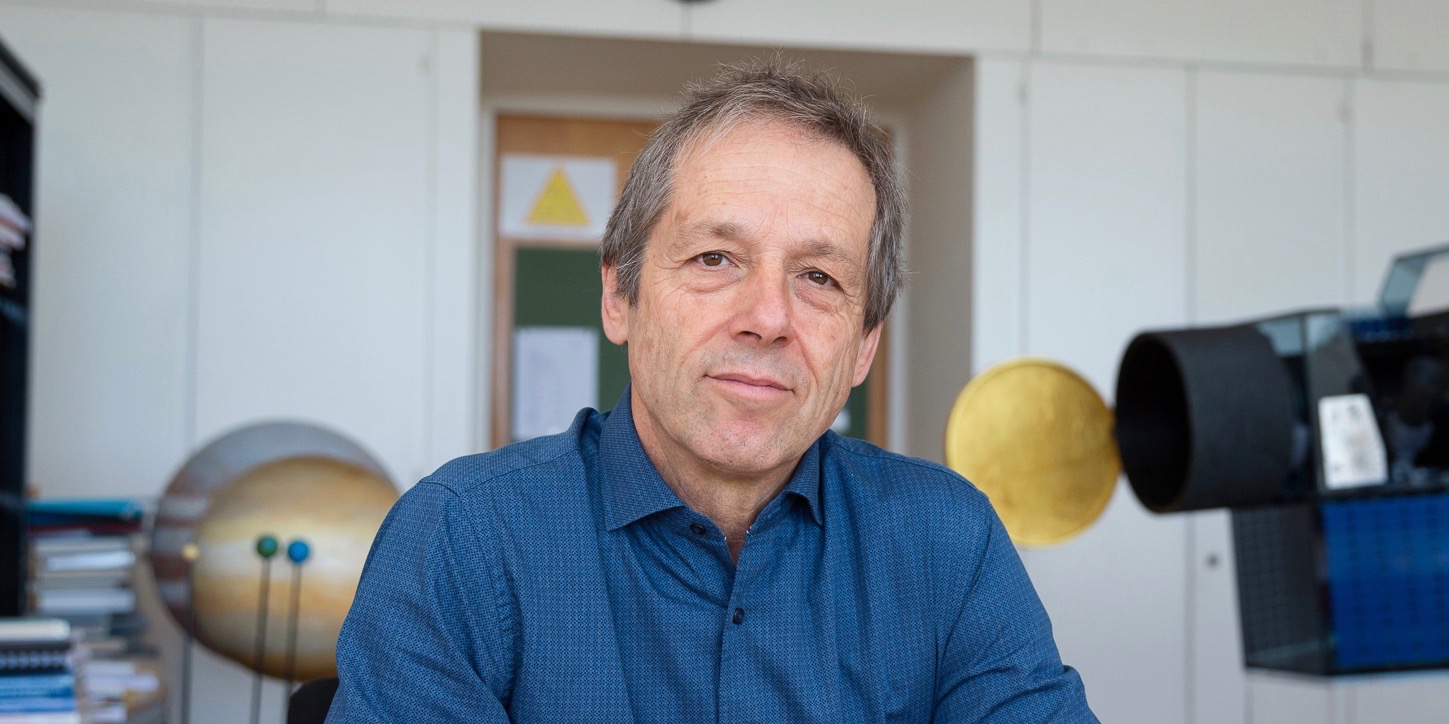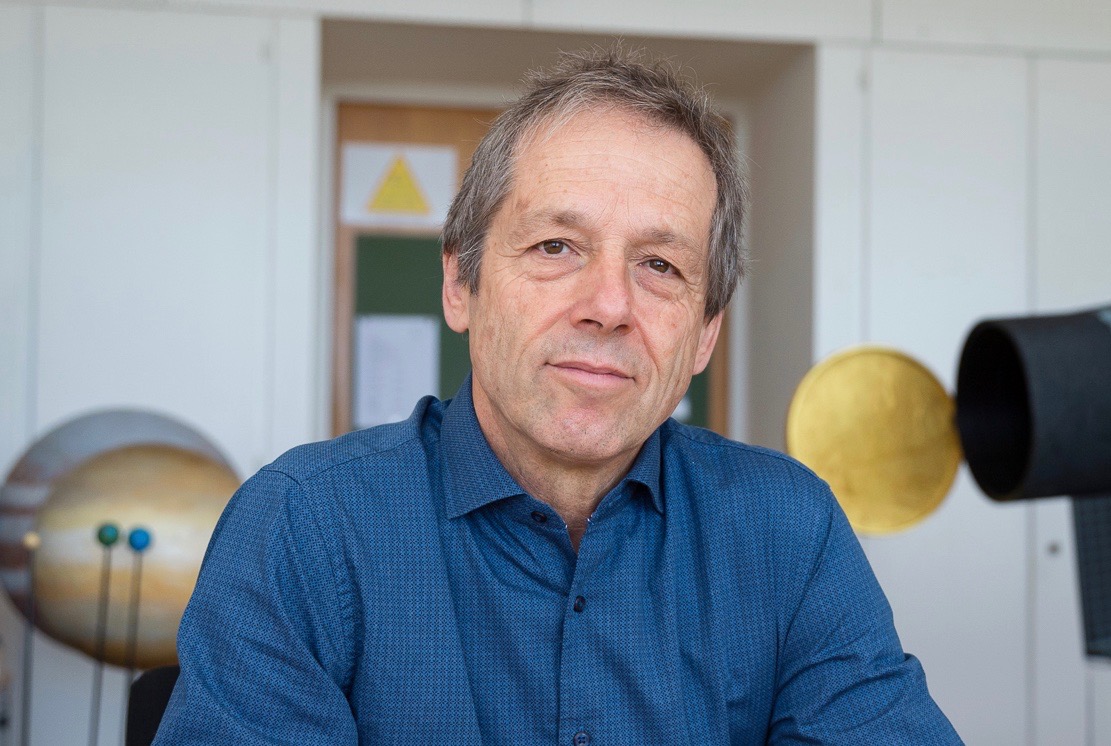Editorial

Dear Reader,

Professor Willy Benz, Director of the NCCR PlanetS. (Image Alessandro Della Bella)
Yes! BepiColombo started on October 20 its seven-year journey to planet Mercury. After considerable technical difficulties and years of delay, the ESA satellite was successfully launched on an Ariane 5 from Kourou in French Guyana. Going to Mercury is just not easy. Being much closer to the sun than the Earth, a spacecraft orbiting the planet receives almost ten times the solar flux! A real oven which makes the survival of the spacecraft and its complex instruments a true challenge! By the way, as Timm Riesen reports, challenging observation conditions can also be found much closer here on Earth!
Being one of the two PIs of the first laser altimeter ever to fly on a European mission, Prof. Nicolas Thomas from PlanetS got a few things to worry about during the 15 year he was involved in the mission until finally it was time for launch. You can read in this edition of the Observer the story of his experience being among the VIPs on site for this big event. A decade and a half of stress released.
A mission to Mercury. You could ask: What for? It turns out that Mercury is a very special and unique planet and not just because it is the closest one to the sun. With its 70% metals, it is very different from the Earth and the other terrestrial planets and is even some time nicknamed the iron planet. To understand how a planet with such a high fraction of metals can form is one of the key science goals of the mission. One of the scenario envisioned involves giant collisions stripping a planet with “normal” composition of a large fraction of its rocky mantle leaving behind almost essentially a bare metal core which is our present-day Mercury. If you want to know how this works, read the article about the paper by Alice Chau.
Beyond BepiColombo, we also report in this edition of the Observer about two other spacecraft that are dear to our hearts, CHEOPS and Rosetta. We hope you will enjoy reading these stories and all the others as well!
With best wishes,

Willy Benz
Director NCCR PlanetS

